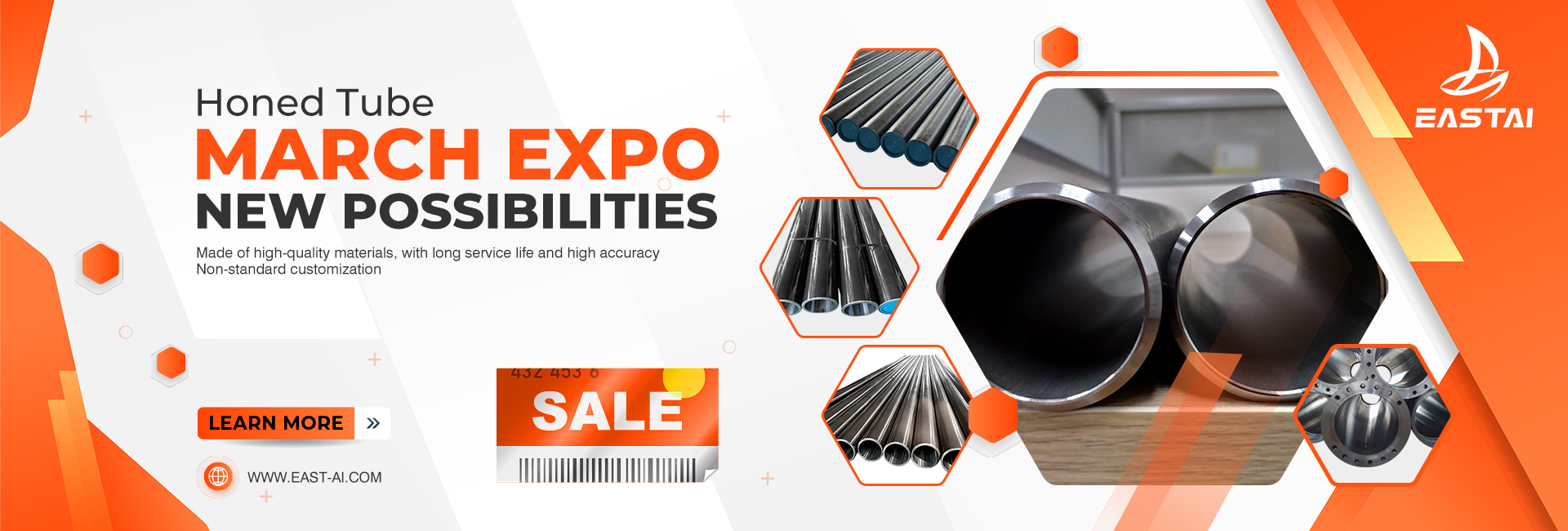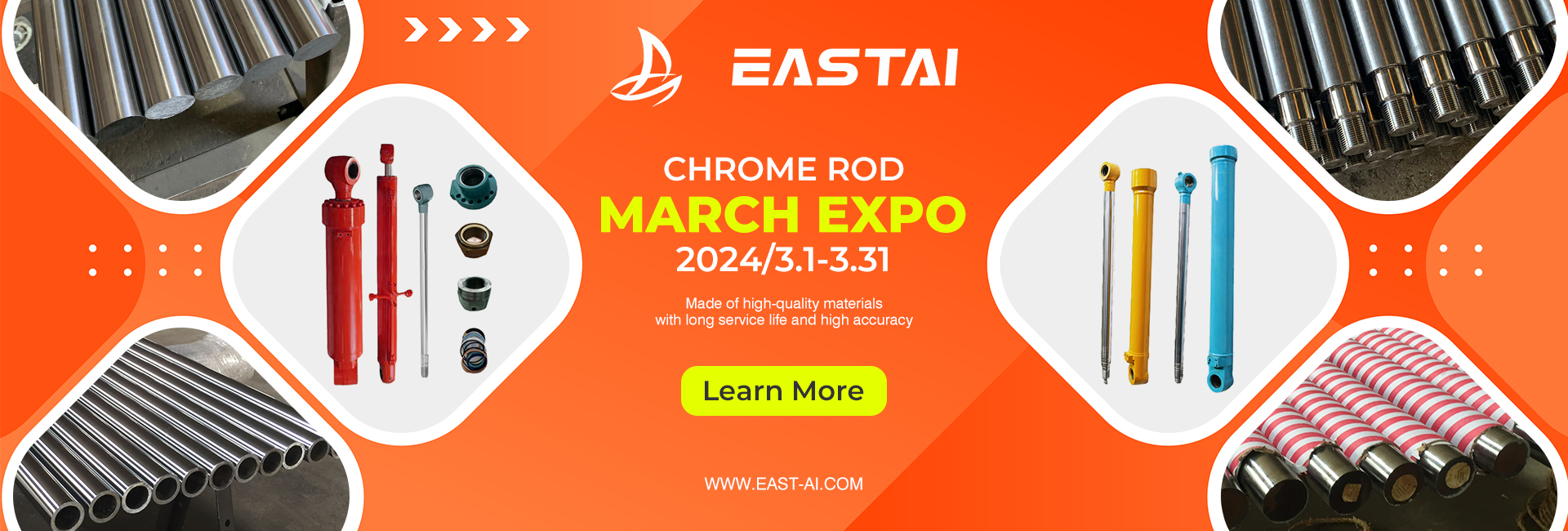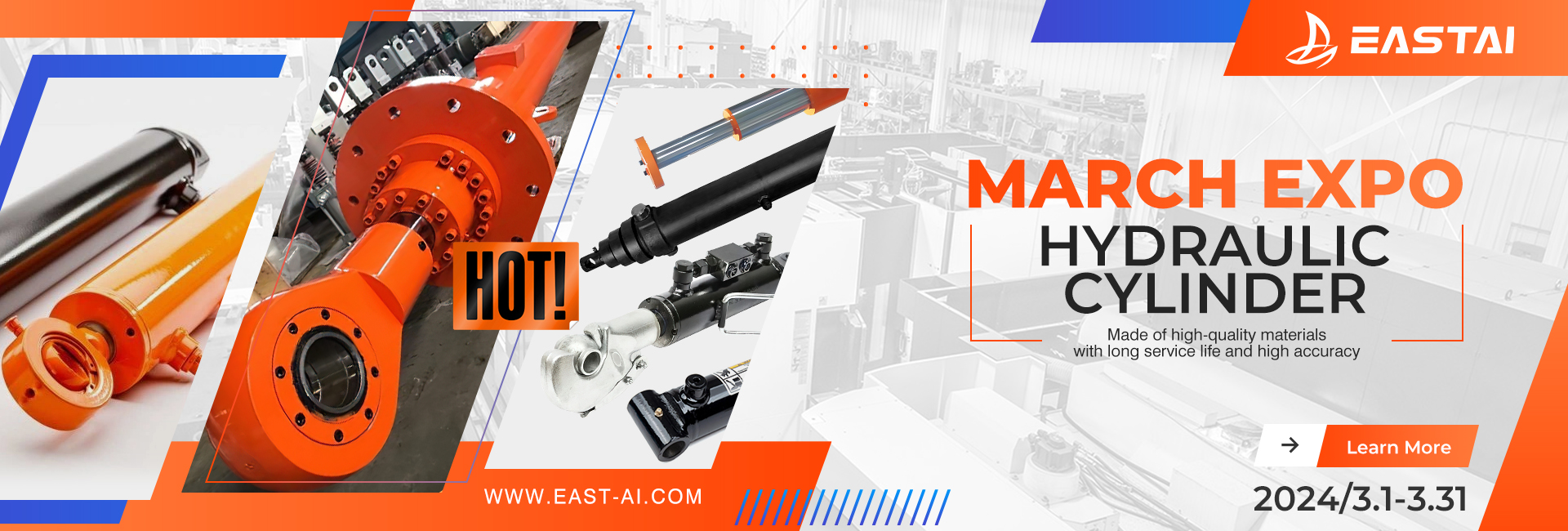Introduction Tipper hydraulic cylinders are crucial components used in various industries for efficient material handling. Whether it’s the construction industry, mining operations, or waste management, these hydraulic cylinders play a pivotal role in lifting and tilting loads with ease. In this article, we will explore the functioning, types, benefits, applications, maintenance tips, and considerations when choosing tipper hydraulic cylinders.
Understanding Tipper Hydraulic Cylinders Tipper hydraulic cylinders are mechanical devices that utilize hydraulic power to generate linear force and motion. They are commonly used in dump trucks, trailers, and other heavy-duty equipment to lift, tilt, and unload materials. These cylinders work in conjunction with a hydraulic pump and control valves to provide the necessary force to move the load.
Definition and Function Tipper hydraulic cylinders are specifically designed to facilitate the dumping or tilting of loads. They convert hydraulic energy into mechanical force, allowing the controlled movement of heavy materials. These cylinders are typically operated by a hydraulic system that includes a pump, valves, and hoses, enabling the precise control of the cylinder’s extension and retraction.
Components A typical tipper hydraulic cylinder consists of several components, each playing a crucial role in its operation:
- Barrel: The barrel serves as the main body of the cylinder, providing housing for other internal components.
- Piston: The piston is a cylindrical part that divides the cylinder into two chambers: the rod end and the cap end. It is responsible for separating and controlling the flow of hydraulic fluid.
- Piston Rod: The piston rod connects the piston to the external load, transmitting the force generated by the hydraulic fluid. It is usually made of high-strength steel to withstand heavy loads and provide stability.
- Cylinder Head: The cylinder head is located at the end of the barrel and contains ports for hydraulic fluid to enter and exit the cylinder. It also provides support and seals the cylinder, preventing leakage.
- Seals: Seals are essential components that prevent hydraulic fluid from leaking and maintain the integrity of the cylinder. They are typically made of rubber or other durable materials and are strategically placed to ensure fluid retention.
Types of Tipper Hydraulic Cylinders Tipper hydraulic cylinders are available in different types, each with its specific characteristics and applications.
Single-Acting Cylinders Single-acting cylinders exert force in one direction, typically extending the piston. They rely on external forces or springs to return to their original position. When hydraulic pressure is applied, the piston extends, exerting force to lift or tilt the load. To retract the piston, external forces or the weight of the load may be utilized.
Double-Acting Cylinders Double-acting cylinders provide force in both directions. They are equipped with ports at both the rod end and the cap end, allowing hydraulic fluid to alternate between the two chambers. By supplying pressurized fluid to one side and returning fluid from the other side, the piston can extend and retract, enabling controlled movement in both directions.
Benefits of Tipper Hydraulic Cylinders Tipper hydraulic cylinders offer several advantages that contribute to improved efficiency and safety in material handling operations.
Increased Efficiency By harnessing hydraulic power, these cylinders provide high force output, enabling quick and efficient lifting and tilting of heavy loads. This efficiency leads to reduced loading and unloading times, enhancing overall productivity.
Versatility Tipper hydraulic cylinders are versatile and can be integrated into various equipment and machinery. They can handle a wide range of materials, making them suitable for different industries and applications. Whether it’s construction materials, mining debris, or waste materials, these cylinders ensure efficient and controlled handling.
Safety The use of hydraulic cylinders in tipping operations enhances safety by minimizing manual effort and reducing the risk of injuries. The controlled and precise movement of loads ensures a safer working environment. Additionally, hydraulic systems often incorporate safety features such as pressure relief valves and overload protection mechanisms, further enhancing safety during operation.
Applications of Tipper Hydraulic Cylinders Tipper hydraulic cylinders find applications in numerous industries where material handling is a crucial aspect.
Construction Industry In the construction industry, tipper hydraulic cylinders are extensively used in dump trucks to unload construction materials such as gravel, sand, and debris. They enable efficient transportation and unloading at the construction site, ensuring a smooth workflow.
Mining Industry In mining operations, tipper hydraulic cylinders play a vital role in heavy-duty mining trucks. These cylinders facilitate the dumping of large quantities of ore, rocks, and other materials, enabling efficient material transport and processing. They contribute to streamlining mining operations and improving productivity.
Waste Management Industry Tipper hydraulic cylinders are widely utilized in waste management vehicles, including garbage trucks and waste compactors. They enable the efficient collection and disposal of waste materials, enhancing the overall waste management process. These cylinders ensure smooth dumping and compaction, allowing for increased efficiency and reduced waste volume.
Maintenance and Care Tips Proper maintenance ensures the longevity and optimal performance of tipper hydraulic cylinders.
Regular Inspection and Cleaning Perform regular inspections to identify any signs of wear, leaks, or damage. Check the cylinder barrel, piston rod, and seals for any abnormalities. Clean the cylinders to remove debris and contaminants that could affect their operation. Use appropriate cleaning methods and solvents recommended by the manufacturer.
Proper Lubrication Apply suitable lubricants to minimize friction and extend the lifespan of the cylinder components. Lubrication prevents excessive wear and helps maintain the smooth operation of the cylinder. Follow the manufacturer’s recommendations regarding lubrication intervals and types of lubricants to use.
Preventive Maintenance Implement a preventive maintenance schedule to address potential issues before they escalate. This includes checking seals for leaks, testing hydraulic pressure, and verifying proper alignment. Regularly monitor the overall condition of the hydraulic system, including hoses, fittings, and control valves. Promptly address any identified issues to prevent further damage and ensure optimal performance.
Choosing the Right Tipper Hydraulic Cylinder Consider these factors when selecting tipper hydraulic cylinders for your specific requirements.
Load Capacity Determine the maximum load weight that the cylinder will need to handle. Choose a cylinder with a load capacity that exceeds your requirements to ensure safe and efficient operation. Consider factors such as the weight of the load, the force
options in your equipment. Choose a cylinder that fits within the allocated space and offers compatible mounting configurations. Consider the cylinder’s length, diameter, and overall dimensions to ensure proper installation and integration with your equipment. Additionally, consider factors such as the cylinder’s weight and its impact on the overall balance and stability of the equipment.
Conclusion Tipper hydraulic cylinders are indispensable components in material handling, offering increased efficiency and safety across various industries. These cylinders, with their ability to generate powerful linear force, enable the lifting, tilting, and unloading of heavy loads with ease. By understanding their functioning, types, benefits, applications, and maintenance tips, businesses can optimize their material handling capabilities and achieve greater productivity. Proper selection, regular maintenance, and adherence to safety guidelines will ensure the longevity and optimal performance of tipper hydraulic cylinders.
Post time: Jul-11-2023




